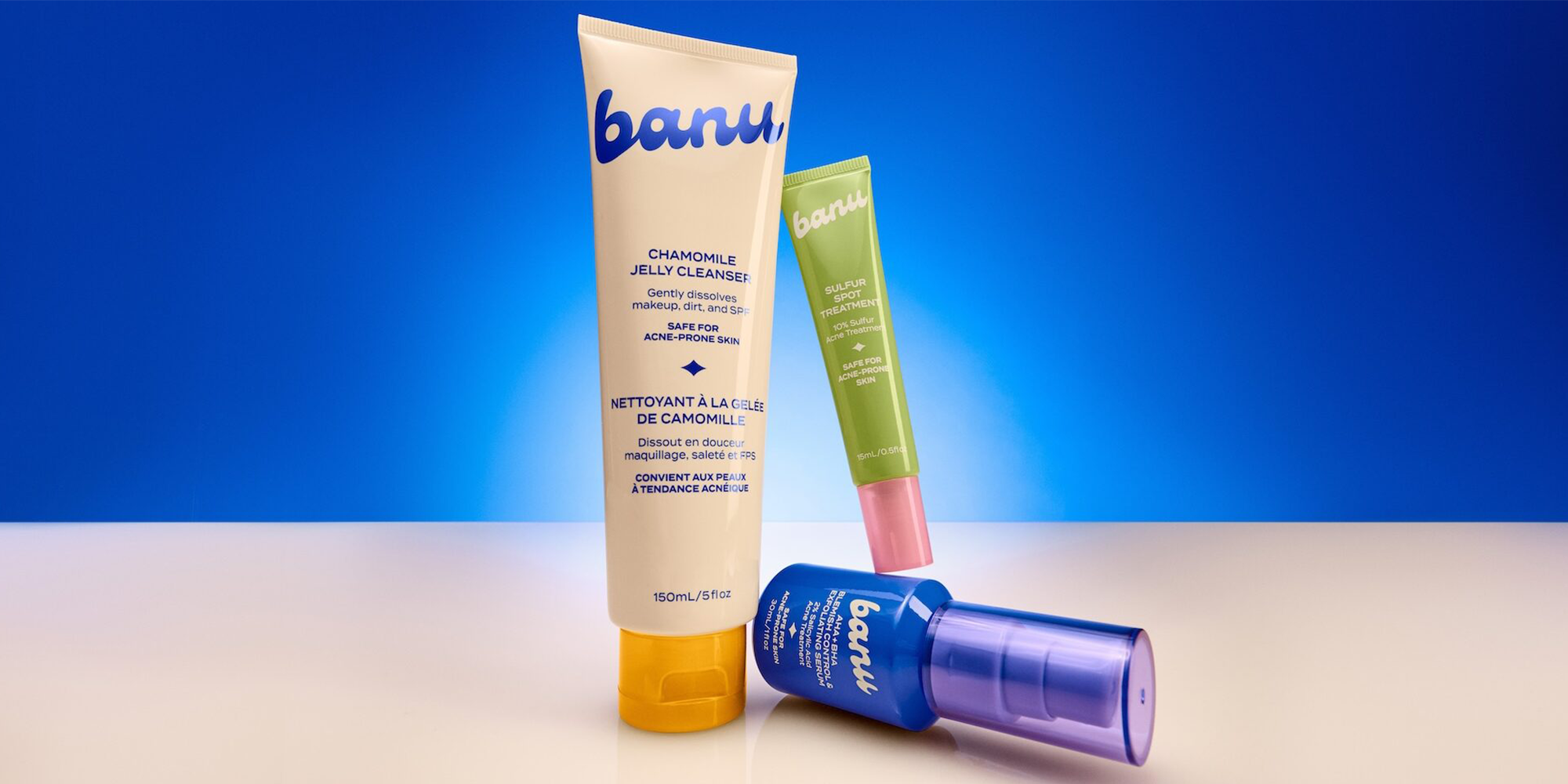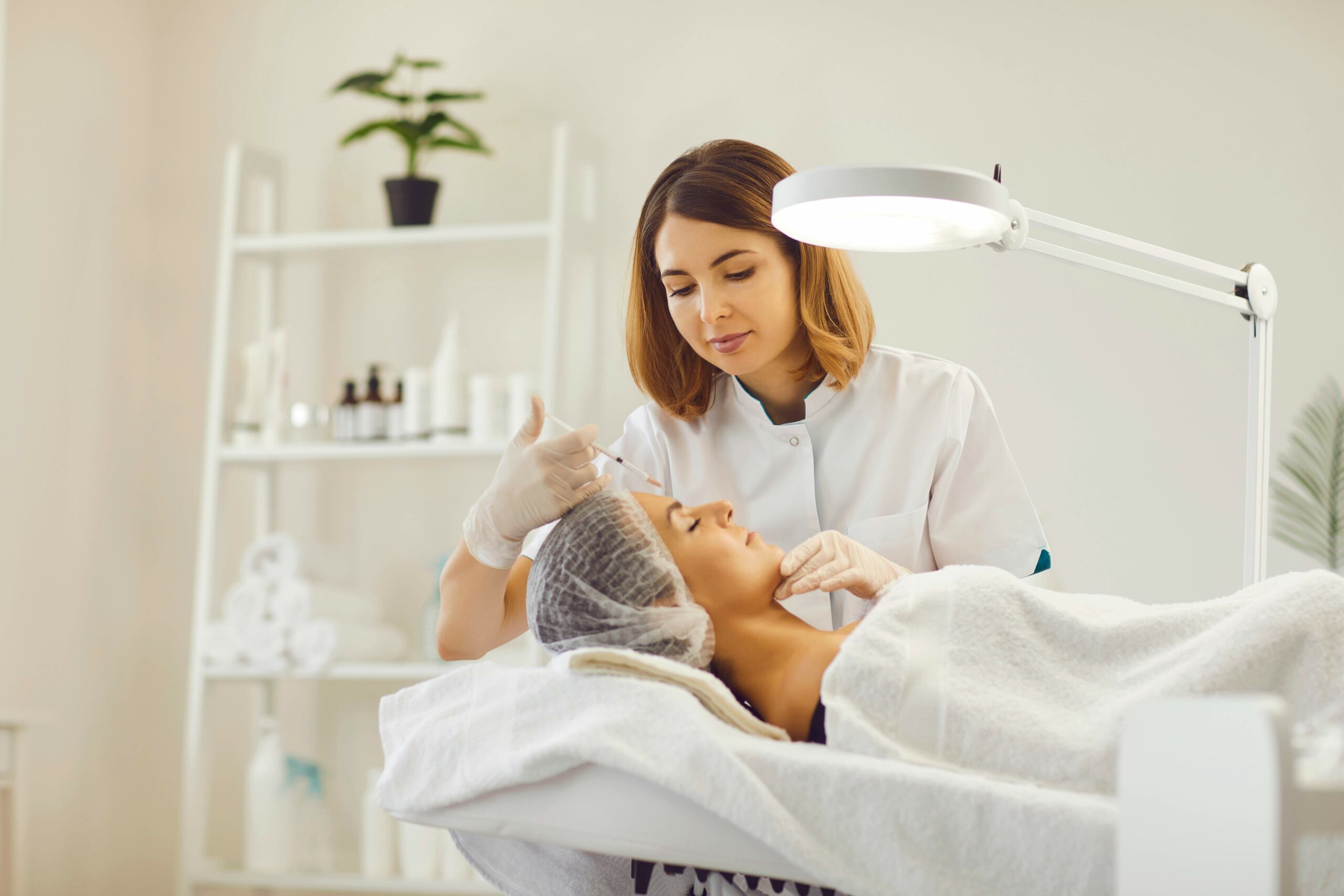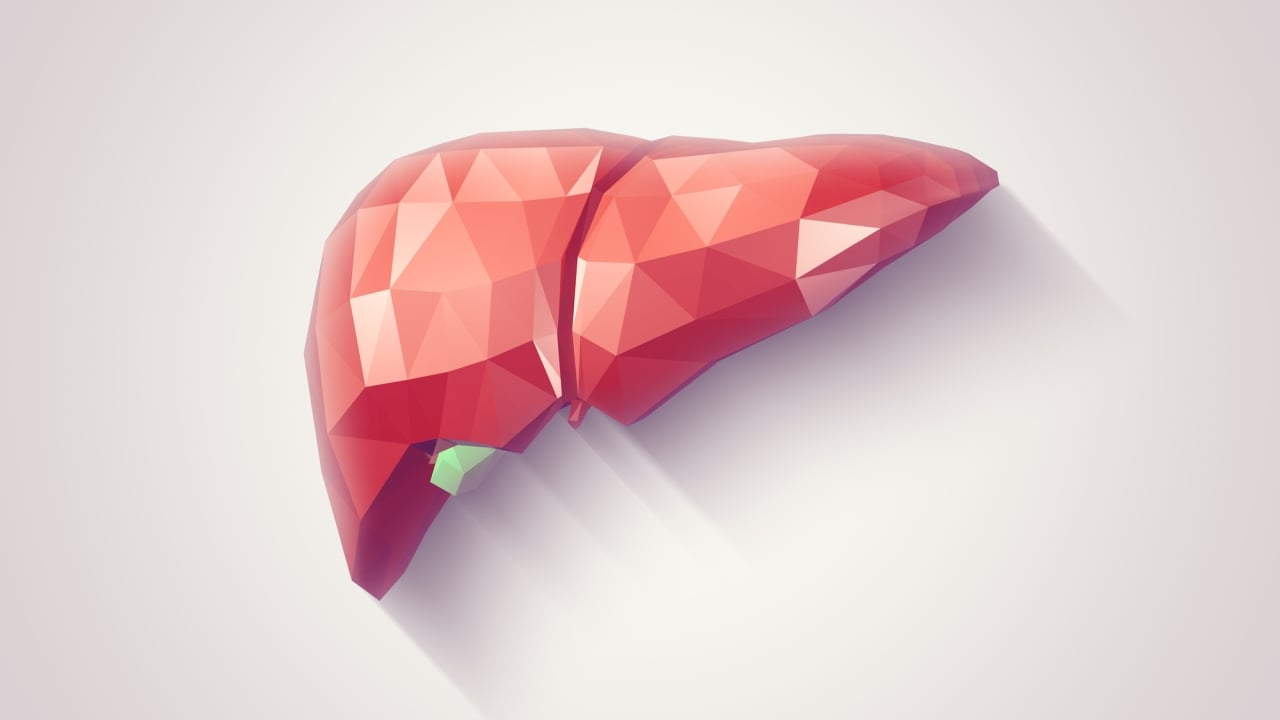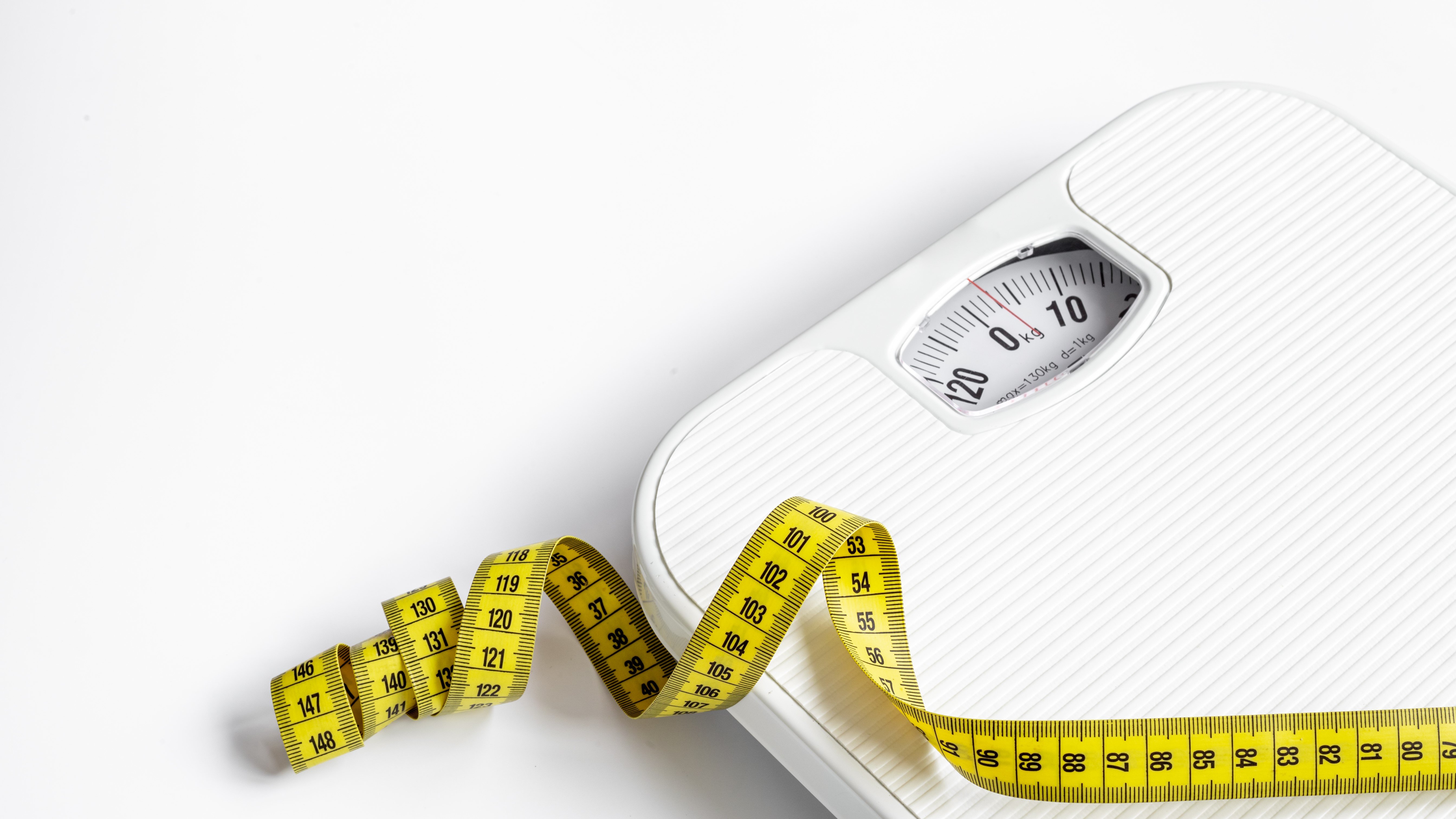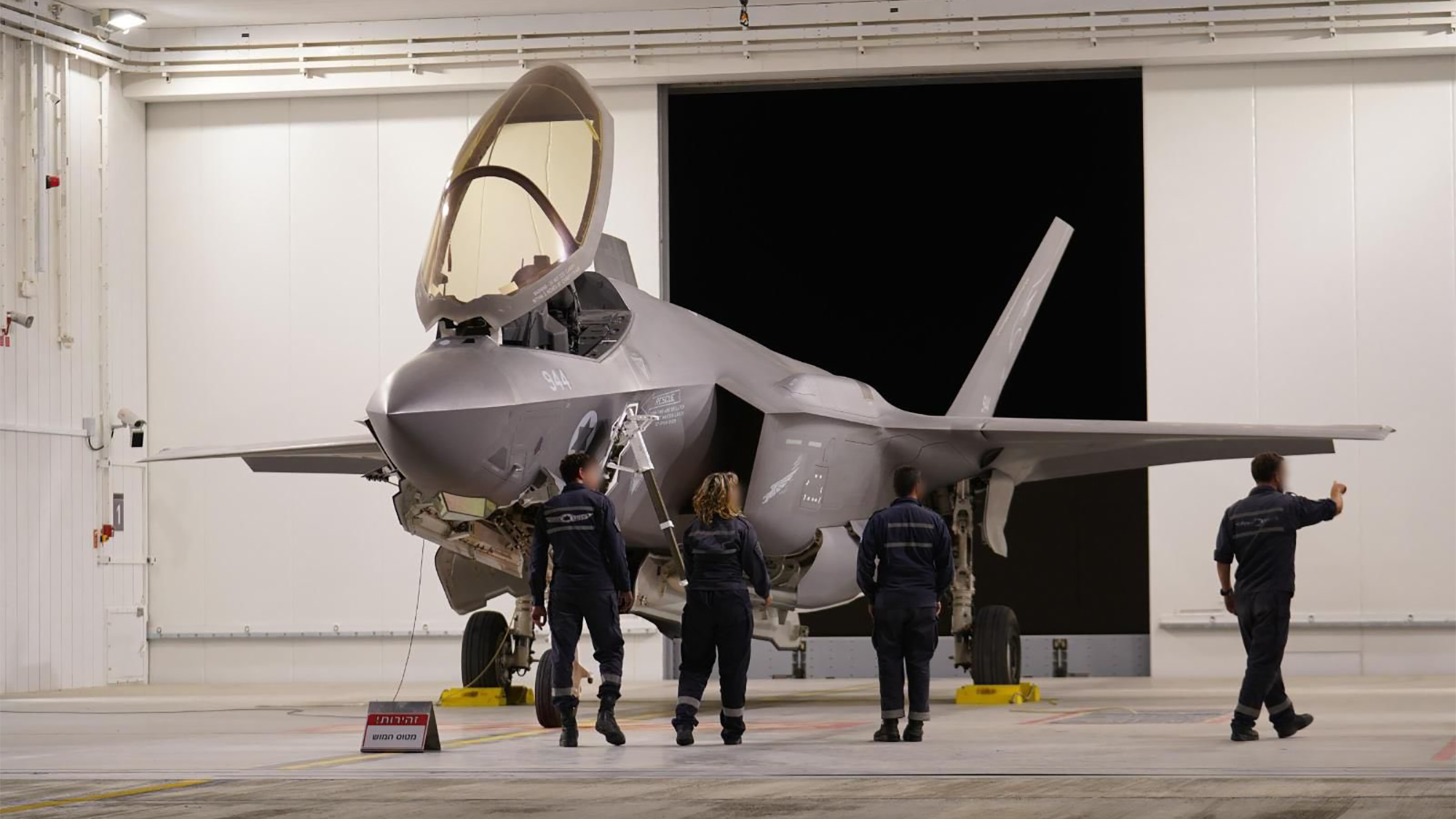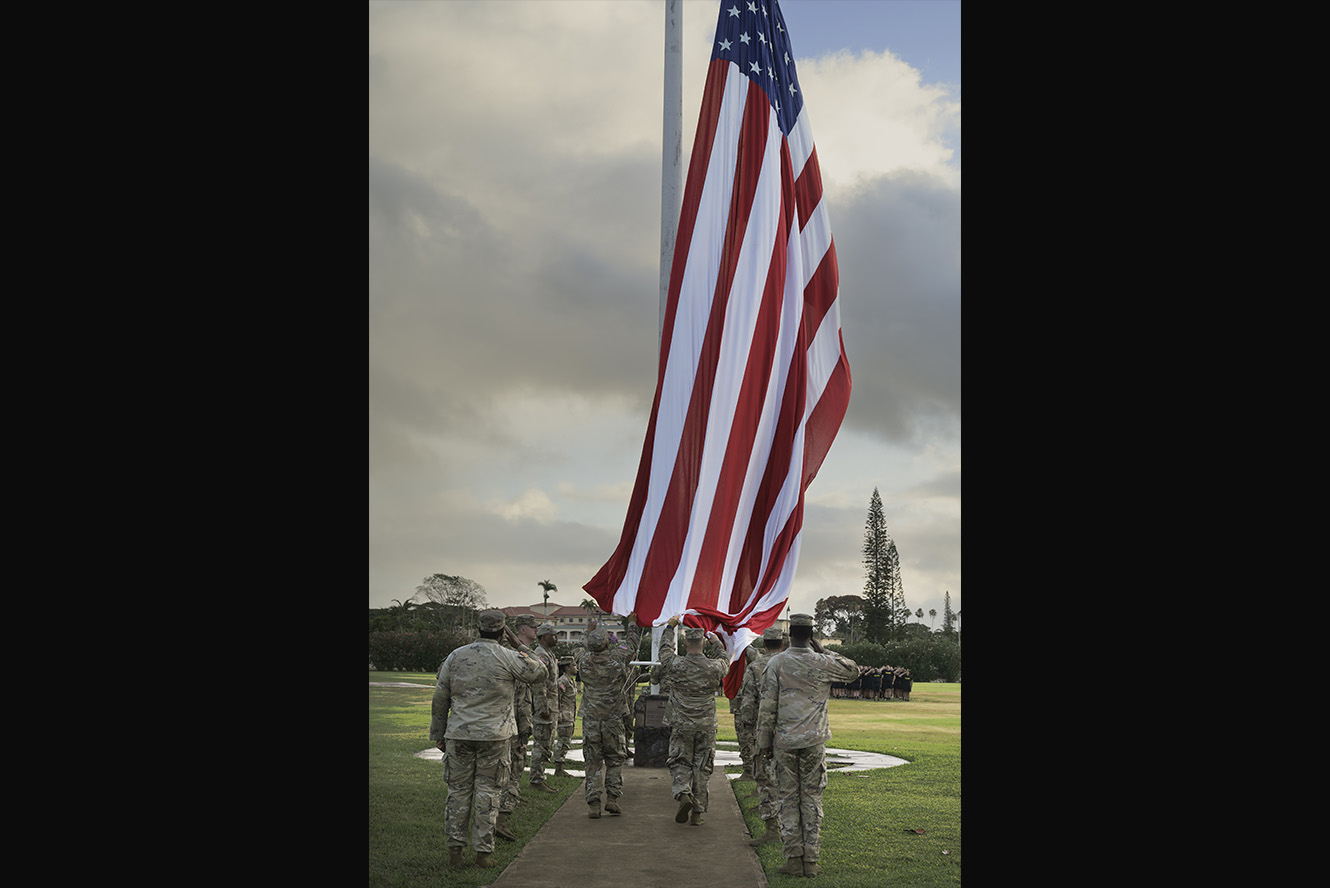A Bacterial Cellulose Nanocrystals‐Graphene Oxide/ Poly(Vinyl Alcohol) @Vanillin Composite Fibers with Efficient Antibacterial Activity and High Strength for Surgical Suturing
Advanced Healthcare Materials, EarlyView.

A strategy for “internal strengthening and external antibacterial” dual function structure to improve the both excellent antibacterial properties and mechanical strength of the PVA-based sutures.
Abstract
Antibacterial activity is one of the indispensable properties of functional sutures. However, traditional strategies for developing antibacterial sutures inevitably compromise the inherent mechanical strength of the fibers. Developing advanced sutures with balanced antibacterial and mechanical properties is significantly necessary yet challenging. Herein, a novel type of bacterial cellulose nanocrystals (BCNCs) and graphene oxide (GO) enhanced polyvinyl alcohol (PVA) fibers coated with vanillin (V) are successfully constructed through physical crosslinking, molecular alignment, and surface coating. The fibers exhibit high mechanical strength (2386.72 MPa). Simultaneously, the synergistic antibacterial effect of V as a surface coating and GO as a nanofiller results in fibers with over 99% antibacterial rates against Escherichia coli and Staphylococcus aureus. Furthermore, based on its excellent biocompatibility, the in vivo studies indicated that BCNCs-GO/PVA@V can promote wound healing and reduce inflammatory responses. This study provides a new design strategy for the construction of next-generation functional bioactive fibers.











































